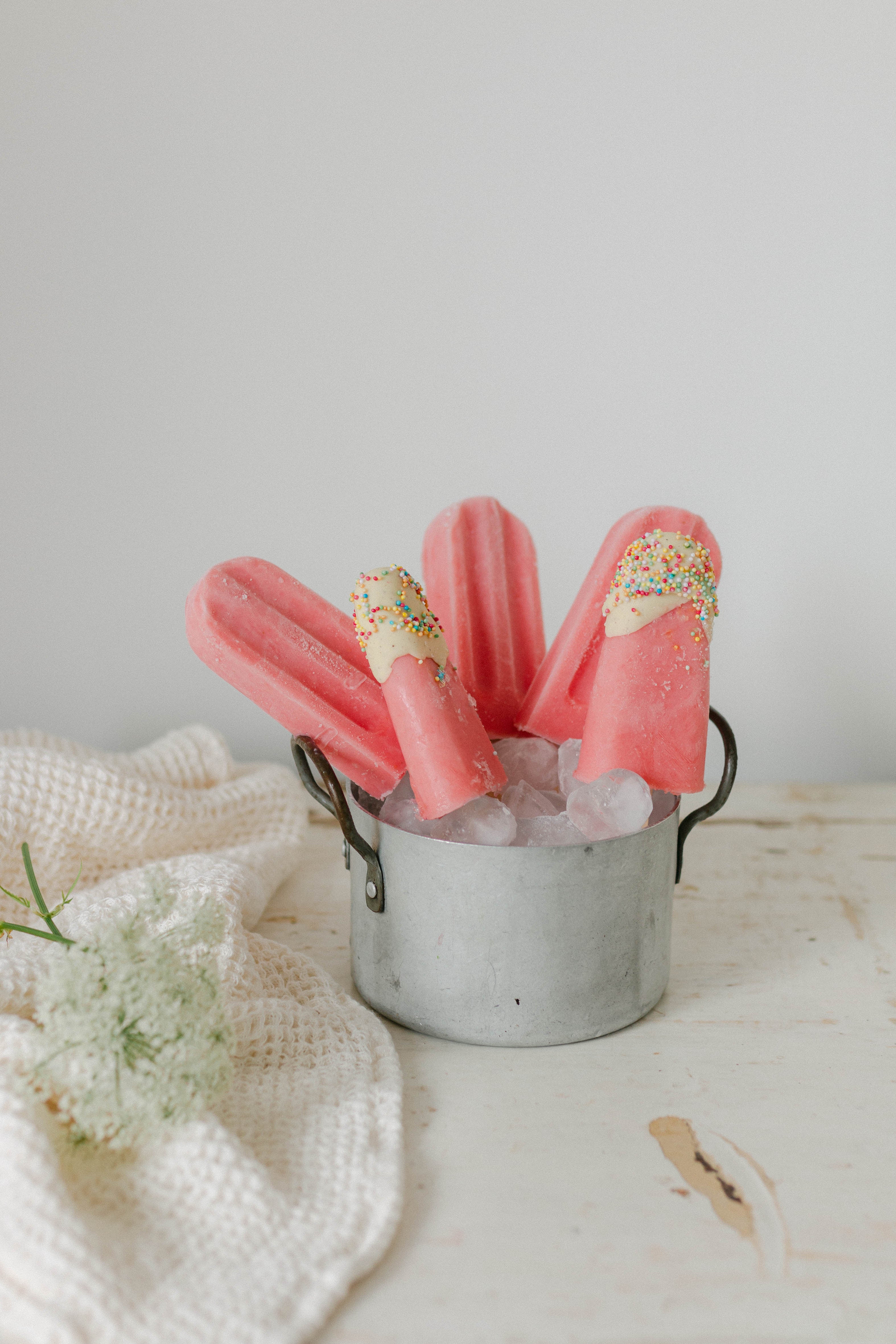June 2021
We're so excited to share another monthly journal written by the lovely Lola Jones, also known as @pocketfullofbuttercupson Instagram. Lola is a wonderful photographer and all round creator of beautiful content, raising her twin daughters Maya and Chloe from her house near the Peak District. Each month she will give us a small glimpse into her world, inspiring you with activity ideas, recipes and more.

June - the month when summer finally arrived. We have been embracing these warm days and celebrating with regular picnics, trips to the seaside, paddling in the local streams, garden playdates with friends and walks way past our bedtime to watch the sunset. We are very excited for school summer break to start next month, when we can finally be free from schedules and tasks, when we will be able to embrace a truly slow pace and fill our days with more exciting adventures, but in the meantime, we have prepared a few activities that we hope will inspire you to get creative alone or with your little ones.

The simple art of pressing flowers
This traditional craft is a wonderful way to slow down, notice and appreciate this time of year alone, with friends or with your children.
Traditionally, people used to press flowers in old heavy books with absorbent paper between the pages. Nowadays there are plenty of flower presses on the market that you can buy for a reasonable price and it is something that will hopefully last you a while - an activity that can be enjoyed in various seasons for many years to come. Flower presses usually come with everything you need, but if you are using books as your press, use an absorbent paper between the pages - blotting paper is ideal. Avoid using kitchen paper towels as the pattern/texture will be imprinted on to the petals.
Here is what you need to know:
- Try to pick your blooms in the morning on a dry day and press soon after picking before they wilt.
- Experiment with pressing various types of flowers and different sizes. Make sure they do not touch each other when laid to dry, otherwise they may stick together.
- Fuller blooms will have more moisture in them and will benefit from having the blotting paper changed after a few days in the press.
- Once you have arranged all the flowers, place them in the press between the wooden plates and apply pressure. Your flowers should be dry after two or three weeks.
- Get creative. Make decorative cards or frame and hang on the walls. Use the same type of flowers or arrange a few different ones. Last year I pressed petals of a large poppy and then once dry, put the petals back together into a flower and made a little artwork for our walls.
Homemade ice-lollies
These yummy homemade ice lollies are a perfect way to keep cool on a hot summer’s day.
You will need:
- 1 unwaxed lemon
- 450g fresh strawberries
- 150g caster sugar
- 300g plain natural yoghurt
- 300g white chocolate, chopped and hundreds and thousands to decorate (this step is optional).
Chop the lemon leaving the skin on, but removing any seeds. Pull or cut the green tops off the strawberries. Put the lemons and strawberries in a food processor or a blender with the sugar and 300ml water. Blitz together until smooth. Strain the mixture through a fine sieve so you are left with a liquid only. Reserve the remaining fruit paste for a topping on your porridge or yoghurt if you like. Whisk the yoghurt and the fruit juice together until smooth, then pour the mixture into the moulds, put in the lolly sticks and freeze overnight or until solid.
Once frozen, enjoy as they are or you may choose to do the next step and decorate your ice lollies. Melt the chocolate over a bain-marie. Let cool slightly. Dip the tip of your ice lollies in melted chocolate and sprinkle with hundreds and thousands before returning back to the freezer placed on a baking sheet lined with greaseproof paper to set.
Foraging with kids book
Exposing children to foraging from an early age can teach them plenty about food and nature. Oh, the discussions you could have, the connections and memories that you can make together while exploring.
This book teaches safe foraging and encourages it readers to get out and enjoy the great outdoors.
In this book you will find information and fun projects based around “52 easy-to-identify plants found worldwide, each one illustrated with a beautiful hand drawing for easy identification, that is perfect for colouring-in at home. Children and adults will be amazed by the diverse uses for their finds; from making soap from conkers to stopping minor cuts from bleeding with hedge woundwort. This is the ideal companion for anyone wanting to unlock nature's larder and teach their children about the glorious abundance of the world around them.”





















